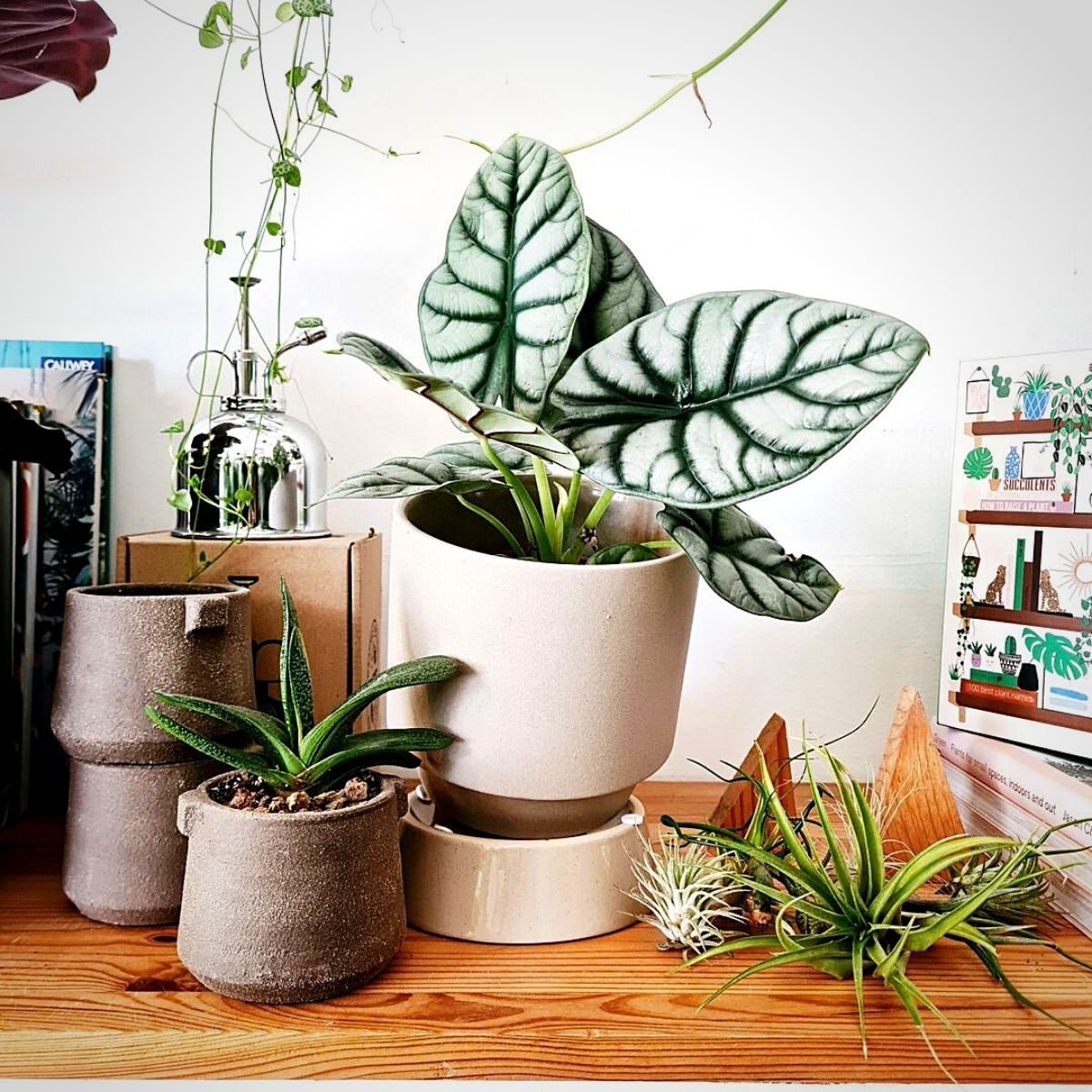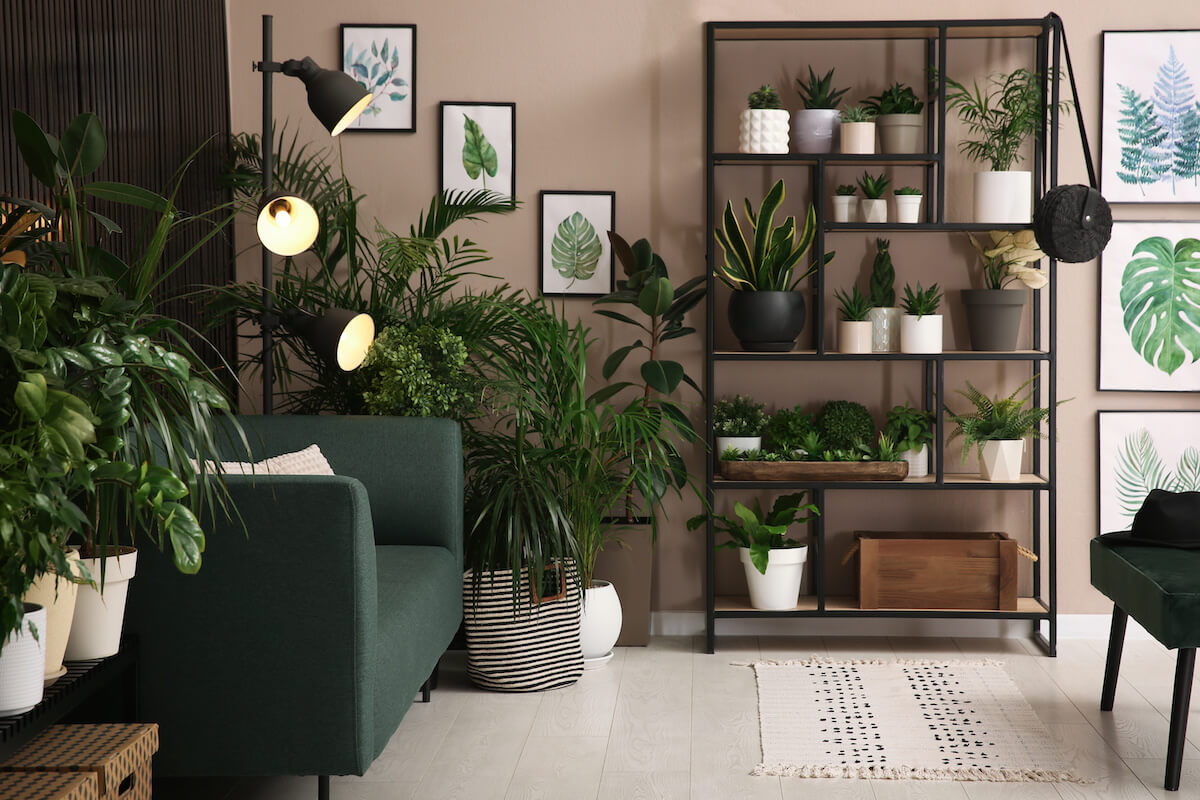The Best Low-Light Indoor Plants That Require Minimal Care and Attention
Discover the very best Low-Light Indoor Plants for Enhancing Your Home Decoration
Incorporating low-light interior plants into your home design can significantly boost both aesthetics and environment, particularly in areas that lack abundant natural light. Ranges such as the Serpent Plant and ZZ Plant not just bring life to dim edges yet additionally add to improved air high quality and total wellness. Comprehending the special qualities and care demands of these plants can lead to a much more unified living setting. As we discover the top choices and their innovative applications, one might ask yourself exactly how these options can change your area right into a growing haven.

Why Select Low-Light Plants
Why opt for low-light plants in your interior rooms? The modern-day living atmosphere often presents obstacles such as restricted all-natural light, making it tough for standard houseplants to thrive. Low-light plants are especially adapted to endure and grow in these conditions, supplying a sensible service for individuals looking for to enhance their interior rooms without the added stress and anxiety of keeping a lot more light-demanding flora.
In enhancement to their resilience, low-light plants contribute substantially to the aesthetic appeals of a room. Their diverse variety of sizes, shapes, and colors enables distinct interior decoration chances, developing inviting and dynamic ambiences. Interior plants are known for their air-purifying top qualities, improving indoor air top quality by launching and filtering contaminants oxygen, which can improve total health.
Low-light plants additionally call for marginal maintenance, making them specifically interesting hectic individuals or those brand-new to gardening. Their versatility enables positioning in different environments, from workplace to dimly lit edges of the home. By picking low-light plants, you can enjoy the benefits of greenery without the constraints that commonly go along with standard horticulture, ultimately promoting a much healthier and more visually enticing indoor environment.
Top Low-Light Indoor Plants
For those looking for to enhance their indoor rooms with plant that thrives in low-light conditions, numerous plant alternatives attract attention for their resilience and visual allure. The Snake Plant (Sansevieria trifasciata) is a prominent selection, known for its upright, sword-like leaves and capability to tolerate disregard. This durable plant can endure in poorly lit locations while enhancing interior air high quality.
One more superb choice is the Pothos (Epipremnum aureum), identified by its heart-shaped fallen leaves and tracking creeping plants. Pothos is not only adaptable to low light however also supplies a striking visual contrast when put on racks or hanging baskets.
The ZZ Plant (Zamioculcas zamiifolia) is just as excellent, flaunting glossy, dark environment-friendly fallen leaves that can brighten up any type of edge. Its drought resistance makes it ideal for active house owners.
Treatment Tips for Low-Light Plants
Exactly how can you make sure that your low-light interior plants thrive regardless of limited sunlight? First, pick the ideal potting mix that provides great water drainage while maintaining moisture. A well-aerated soil, such as a mix of potting soil and perlite, can help prevent root rot.
Watering is vital; low-light plants usually require less constant watering contrasted to their sun-loving counterparts. Always inspect the leading inch of the soil-- if it feels completely dry, it's time to water. Be cautious of overwatering, as this can bring about fungal issues and root decay.
Fertilizing low-light plants should be done sparingly - Best low-light indoor plants. Use a balanced, water-soluble plant food throughout the growing period, however decrease or get rid of fertilization in the inactive months
Furthermore, dirt can accumulate on leaves, preventing photosynthesis. Delicately clean the fallen leaves with a damp cloth to keep them clean.
Lastly, observe your plants very closely. Indications of distress, such as yellowing fallen leaves or leggy development, can indicate that your plant needs adjustments in treatment (Best low-light indoor plants). By complying with these treatment tips, your low-light interior plants can thrive, including beauty and vigor to your home
Innovative Ways to Show Plants
Boosting the visual allure of your indoor area can be accomplished by attentively showing your low-light plants in creative methods. Take into consideration making use of vertical room to your benefit; wall-mounted racks can display trailing plants like pothos or philodendron, including lushness while saving flooring area. Additionally, make use of plant stands of pop over to this site varying heights to create aesthetic interest check my blog and deepness, attracting the eye upwards.
Hanging planters are an additional outstanding alternative, providing a remarkable impact when put on hold from the ceiling or hooks. Macramé hangers can introduce structure and bohemian flair, while modern ceramic hangers can suit a minimal aesthetic. For a much more ingenious strategy, repurpose special containers such as classic teacups or glass jars, which can include character to your display screen.
Grouping plants in clusters is likewise reliable; usage varying pot dimensions and colors to produce a natural appearance. This technique not only enhances visual effect however also supplies an all-natural habitat feeling - Best low-light indoor plants. Take into consideration putting plants near light sources like lights or home windows to enhance their growth and showcase their vivid vegetation, hence boosting the overall ambiance of your indoor setting.
Advantages of Indoor Plant
Countless studies have actually demonstrated that incorporating interior greenery right into your home uses a multitude of benefits, boosting both physical and mental wellness. Among the most significant benefits of indoor plants is their capability to enhance air high quality. Plants soak up carbon dioxide and release oxygen, developing a healthier environment while also straining damaging contaminants, thus promoting respiratory wellness.
Moreover, the presence of greenery has actually been connected to reduced anxiety levels. Study shows that communicating with plants can lower cortisol degrees, which are associated with anxiety. This calming effect can result in enhanced state of mind and boosted productivity, making indoor plants a perfect addition to work areas.
In addition, interior plant can enhance cognitive feature. Researches recommend that settings enhanced with plants can bring about raised emphasis, imagination, and total psychological quality. The visual appeal of indoor plants likewise adds to an extra inviting and enjoyable environment, positively affecting social communications and overall contentment within a room.
Conclusion

Incorporating low-light interior plants into your home decoration can considerably boost both aesthetics and environment, especially in spaces that lack plentiful all-natural light. Ranges such as the best site Snake Plant and ZZ Plant not only bring life to dim edges yet likewise add to boosted air quality and total well-being. Indoor plants are known for their air-purifying high qualities, boosting indoor air quality by filtering toxic substances and releasing oxygen, which can improve total health.
For those looking for to boost their indoor areas with plant that prospers in low-light conditions, a number of plant choices stand out for their durability and visual allure. These resistant plants, such as the Serpent Plant and ZZ Plant, grow in dark problems and call for marginal upkeep, making them appropriate for different way of livings.